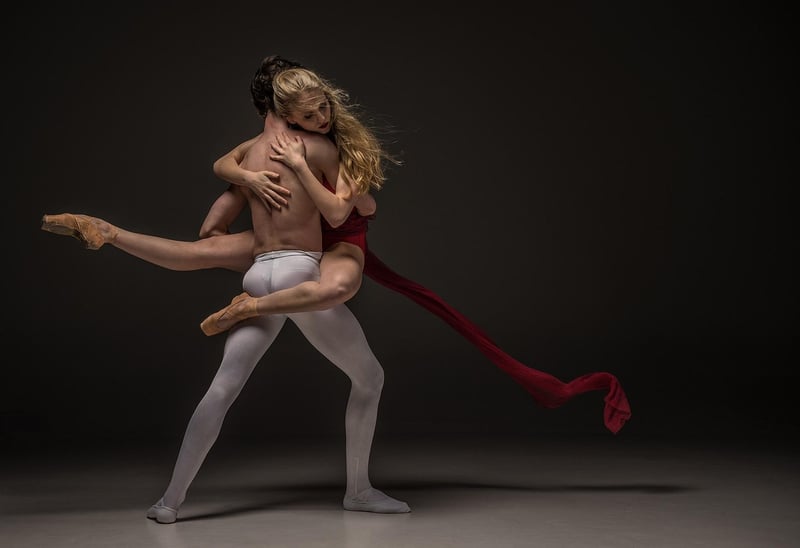Hip Hop
The Power of Expressive Movement in Hip Hop
Hip Hop, a cultural movement that emerged in the 1970s in New York City, has since evolved into a global phenomenon. One of the key elements that make Hip Hop unique is its emphasis on expressive movement. From breakdancing to street dance styles, Hip Hop dance forms provide individuals with a platform to express themselves creatively through movement.
The History of Hip Hop Dance
Hip Hop dance originated as part of the larger Hip Hop culture, which includes elements such as DJing, MCing (rapping), and graffiti art. The dance forms within Hip Hop, such as breaking, popping, and locking, were created by marginalized communities as a form of self-expression and a way to reclaim public spaces.
Expressive Movement in Hip Hop
Expressive movement in Hip Hop is not just about the physical actions but also about the emotion and story behind the movement. Hip Hop dancers often use their bodies to convey powerful emotions, tell narratives, and connect with their audience on a deeper level.
Benefits of Expressive Movement
- Allows for self-expression
- Builds confidence
- Promotes creativity
- Provides a sense of community
- Improves physical fitness
Popular Hip Hop Dance Styles
There are various styles of dance within the realm of Hip Hop, each with its own unique movements and techniques. Some popular styles include:
- Breaking: Also known as breakdancing, this style emphasizes acrobatic moves and floorwork.
- Popping: Focuses on contracting and relaxing muscles to create a popping effect.
- Locking: Characterized by sudden pauses or "locks" in movement.
- Krumping: Known for its energetic and expressive movements.
Express Yourself Through Hip Hop Dance
Whether you're a seasoned dancer or someone looking to try something new, Hip Hop dance provides a platform for individuals to express themselves authentically. So put on your dancing shoes, feel the rhythm, and let your body tell your story through the power of expressive movement in Hip Hop.

Image source: Pixabay
